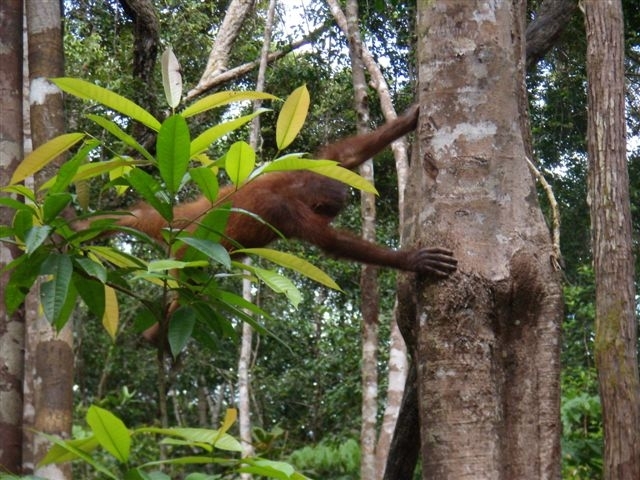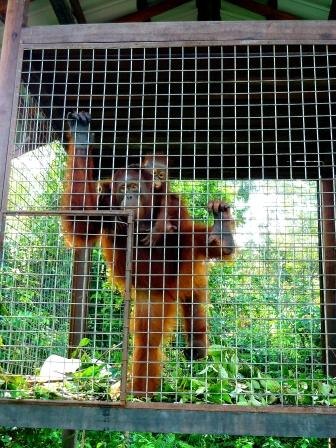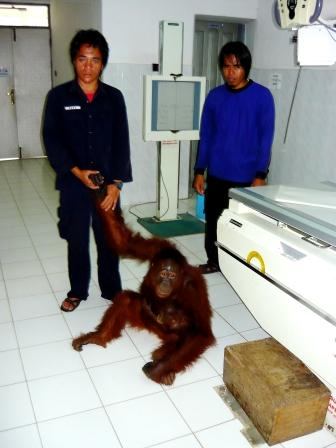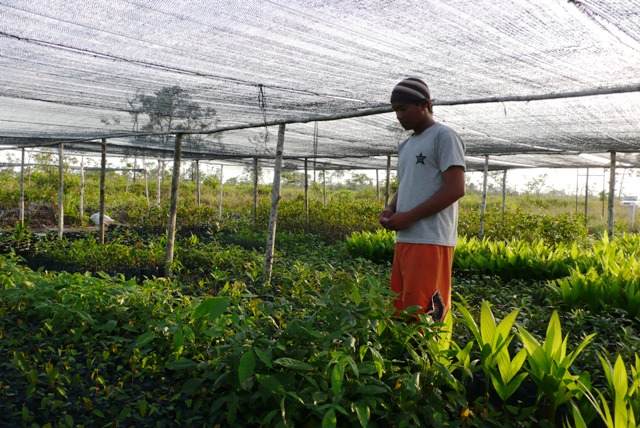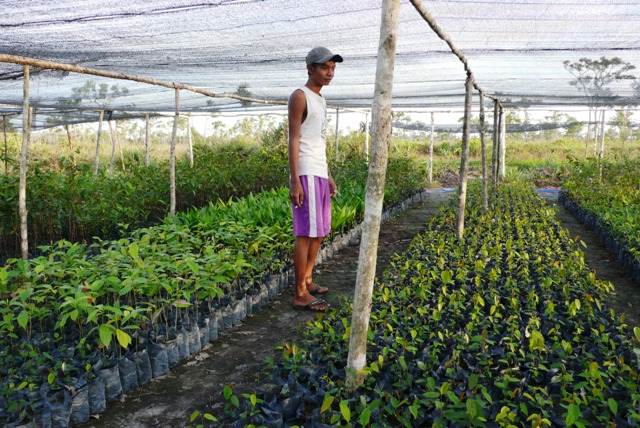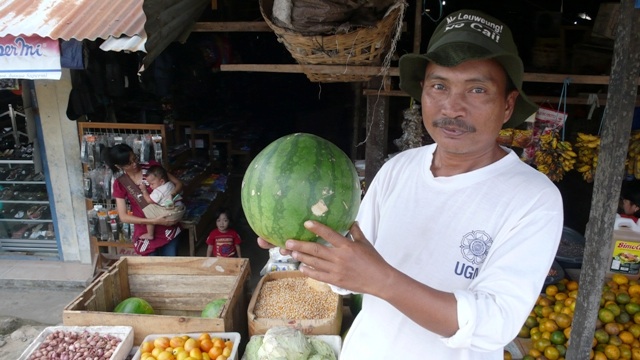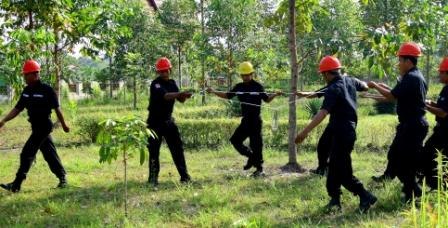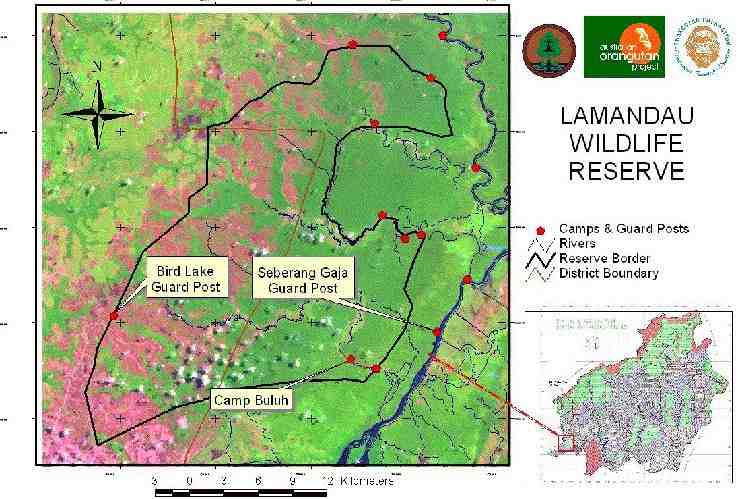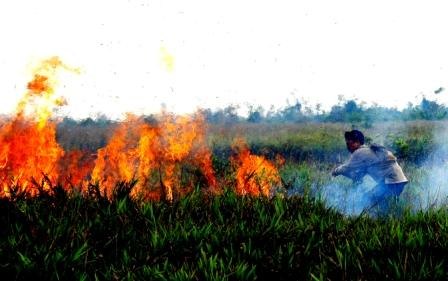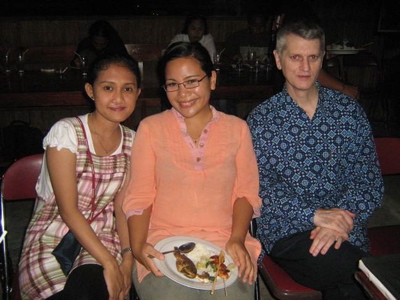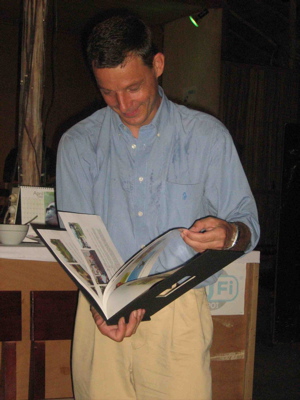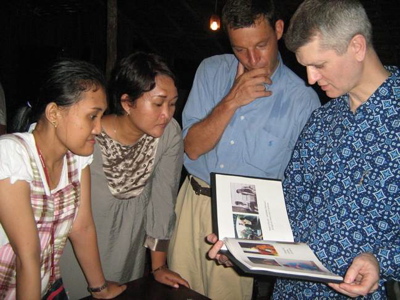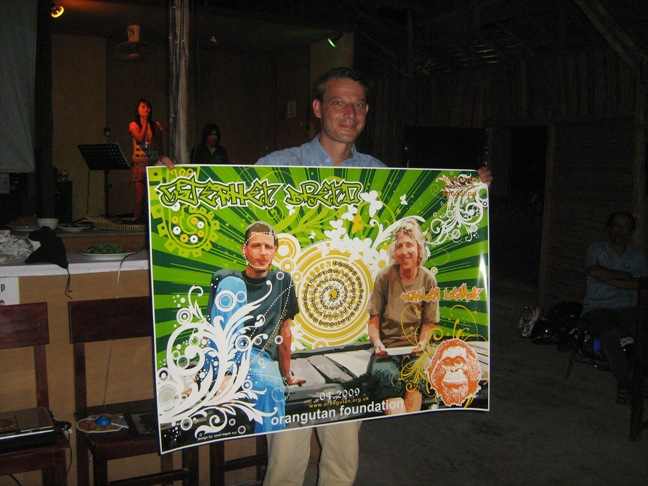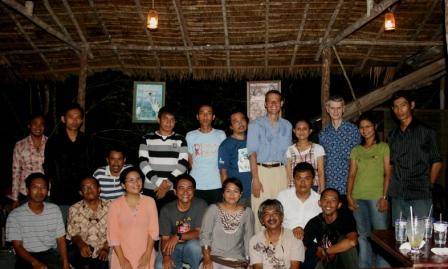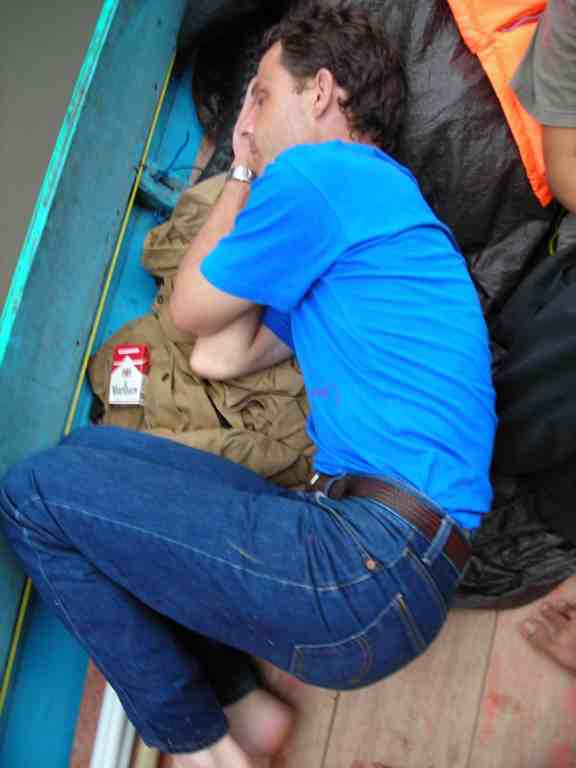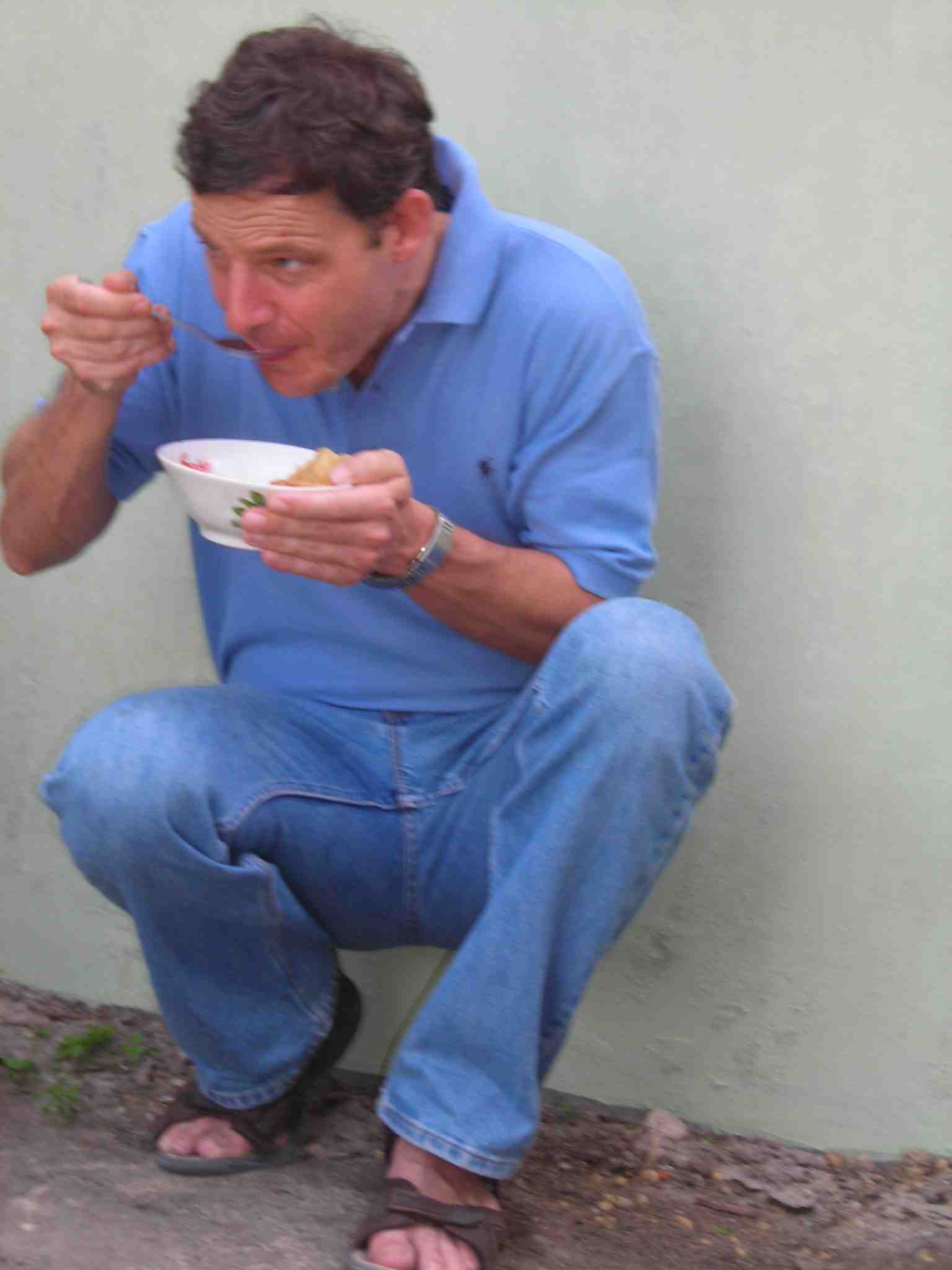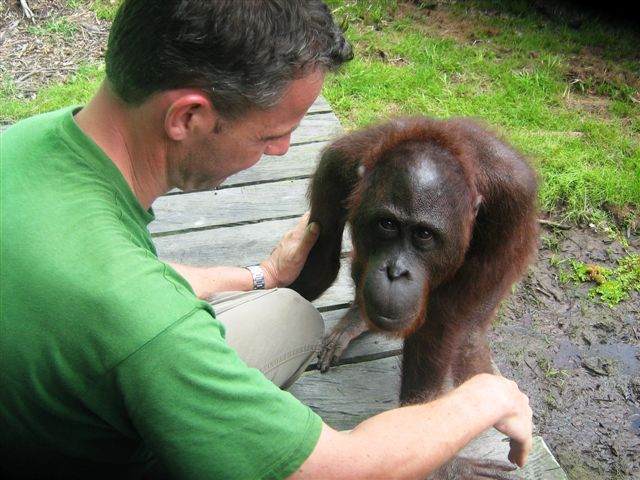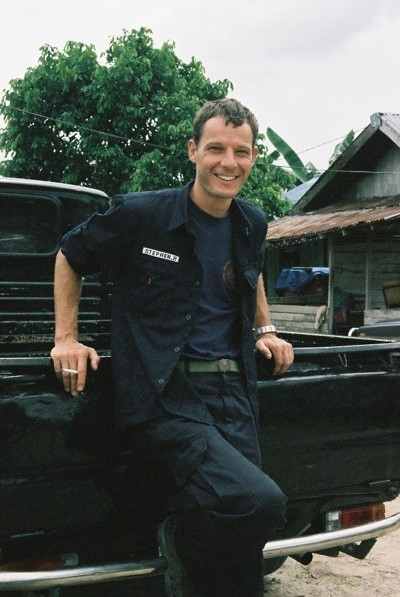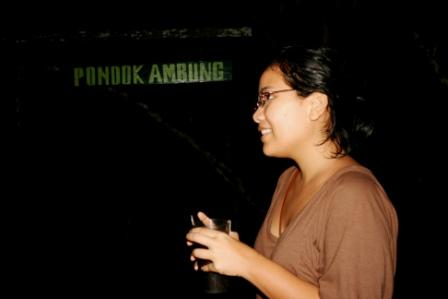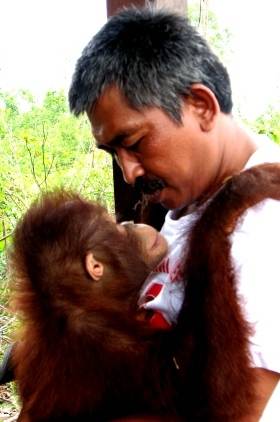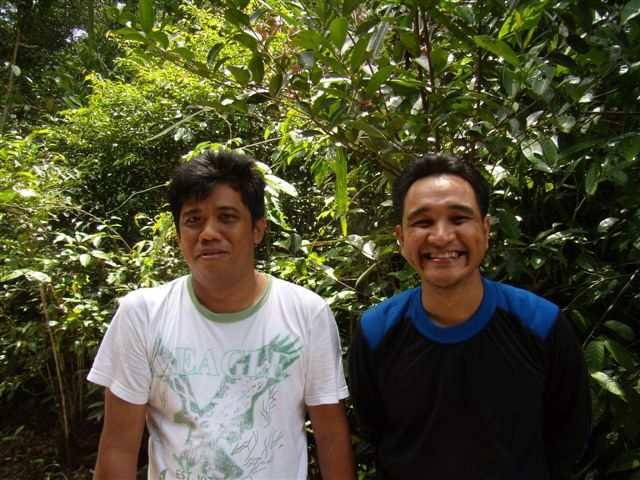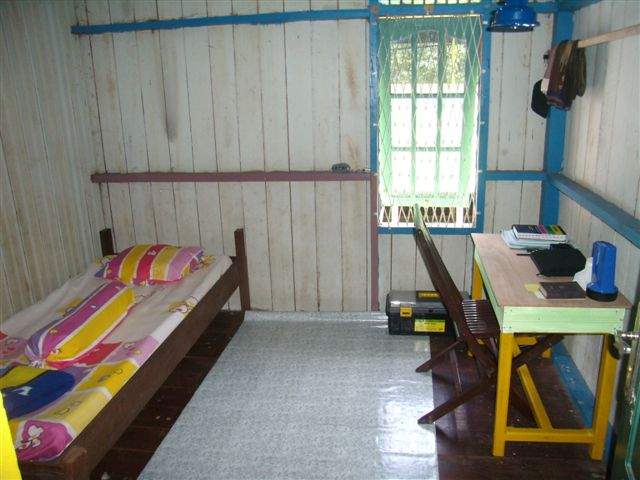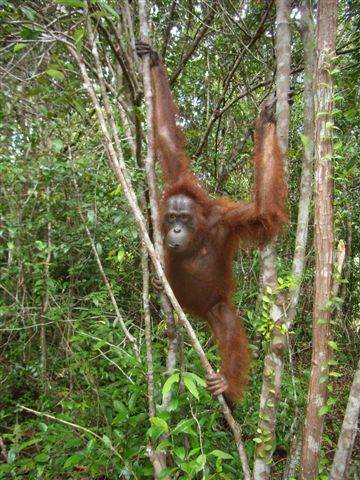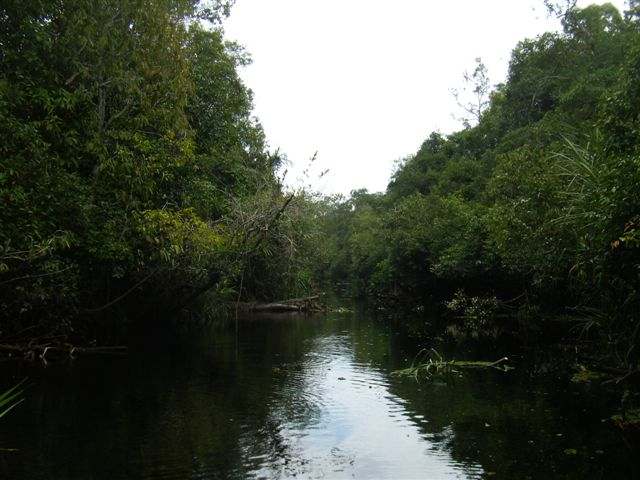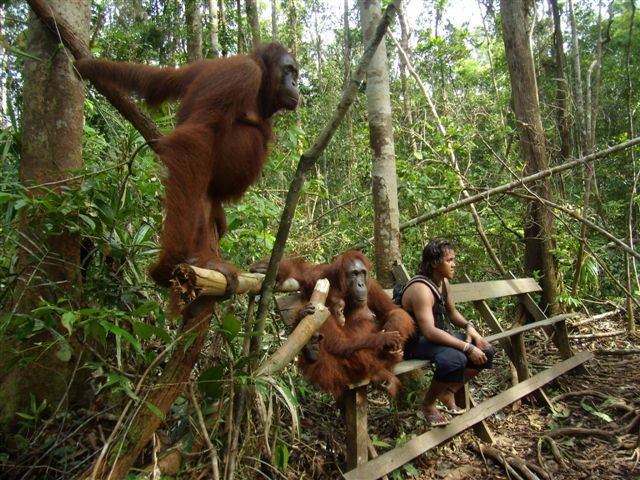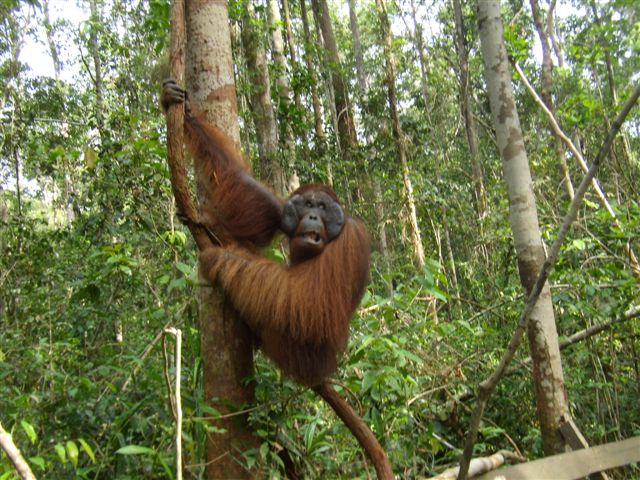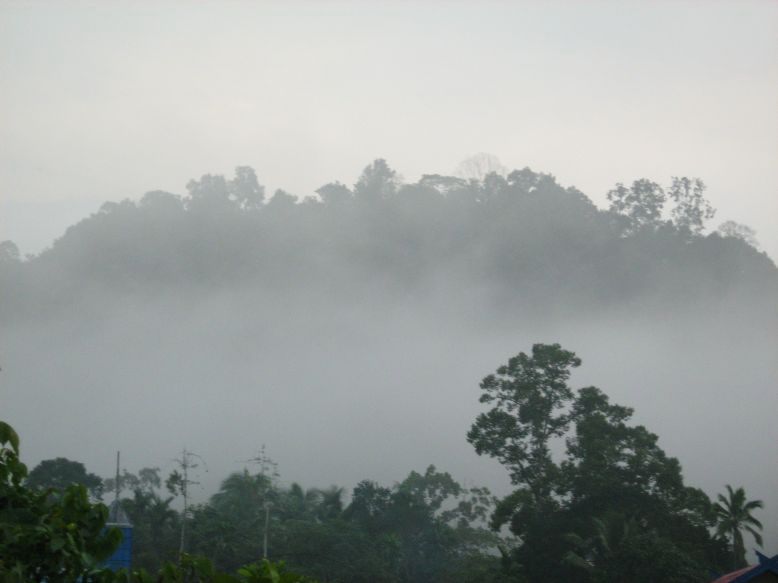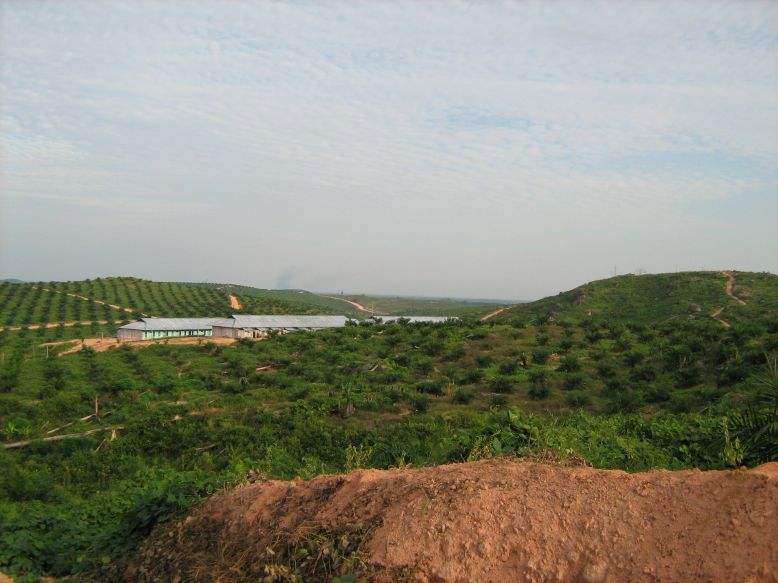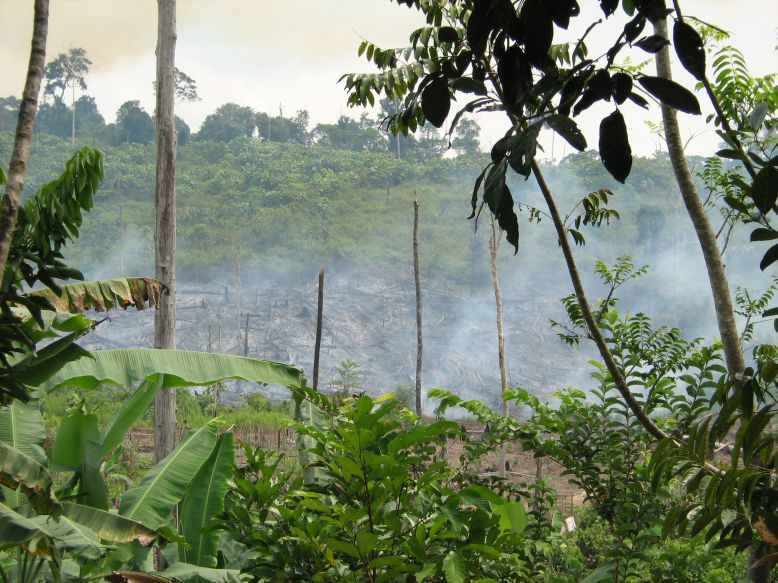The blog powers-to-be, who with an iron fist, gently encourages me to update on a regular basis, has informed me that a blog post featuring myself would be ‘interesting’. Alas, dear readers, because our vet has been busy in the field, and has not written new blog posts for a few weeks (which reminds me, I need to show him my own iron fist), and Stephen has left, leaving a vacuum of wrestling with crocodiles and dancing with orangutans blog posts, you now have to learn more about me.
Born and raised in Malaysian Borneo, I was fortunate to have parents who encouraged a love of reading. We had subscriptions to the National Geographic, Asiaweek, etc, all of which opened my mind to various global points-of-views. This was vital after all, I was living in a very government-controlled media, and the internet was still birthing. In the early 90’s, western environmentalists descended upon Sarawak to protest against logging. They chained themselves to tractors, they waved banners, and told us to save our rainforests. The local media mocked them, and made comments about their ‘obese size’. I, in return, was fascinated by the non-rebuttal the local media had, against these westerner’s claims.
I knew early on in my teens, that I wanted a career in conservation. If you would ask me what my defining moment was, I would say that it would be the early 90’s furore of early environmentalism, of the world’s spotlight onto Sarawak and its logging practices, and treatment of indigenous peoples, particularly the Penans.
After my BSc. studies (in Biological Sciences) from Simon Fraser University, I was fortunate to be selected for a summer internship at the Smithsonian Natural History Museum in Washington, D.C. I missed my graduation for this opportunity and have no regrets! However, I knew then that I wanted to return home and work in conservation, particularly orangutan conservation.
When I returned to Sarawak, I started working for Wildlife Conservation Society (WCS) Malaysia, as a field assistant, and working my way up to full-time researcher. I worked for WCS for over seven years, of which most of those years was spent surveying wild orangutans in Batang Ai National Park and Lanjak-Entimau Wildlife Sanctuary. Orangutan Foundation UK by the way, was responsible in giving my first grant to survey wild orangutans! I am grateful in coming full circle with this organization.
I was also very interested in the human face of conservation, other than wildlife research, so spent those same years, volunteering for a local nature society. Over time however, I became more sympathetic of the indigenous peoples struggles to save their lands from encroachment, and often being displayed as the bad guy by both sides! It was also personal because my peoples are the Krokong Bidayuh, which is a very small minority of Sarawak’s ethnic groups. My family’s continuing work to help preserve our culture through documentation, inspired me to seek other conservation opportunities, where there is a sincere collaboration with the local peoples.
I’ve always kept an eye on the Orangutan Foundation (OF), and its growth over the years. One thing that intrigued me was its close partnership with a strong local community organization, Yayorin. I value that OF recognizes its strengths, but also acknowledges that it can’t do all well hence entrusting the community work to a strong, committed organization. Believe me, Yayorin is a wholly equal partner to the work that we do, and I am fascinated that despite the seemingly clashing differences (i.e. conservation and locals people's needs), OF and Yayorin are able to work as one, for similar goals. This was the opportunity I was searching for after I left WCS Malaysia (a wonderful and strong research organization by the way), and am thusly very grateful.
These last couple of months with OF have been very fulfilling and educational, and although I haven’t had the chance to jump in crocodile-infested rivers (although according to my culture, the crocodile is one of our ancestors so technically, I ought to be ok) or have other exciting field stories (current work demands my time at the OF office, and government offices), I promise perhaps one day, I'll tell you about the time I was chased by a sunbear and came face-to-face with a 3 metre albino python. Or the time where I was less than a metre away on being grabbed by a wild male adult orangutan in the wilds of Lanjak-Entimau, Sarawak. The time I almost danced with an orangutan.




